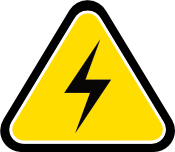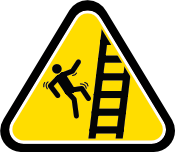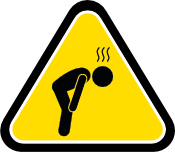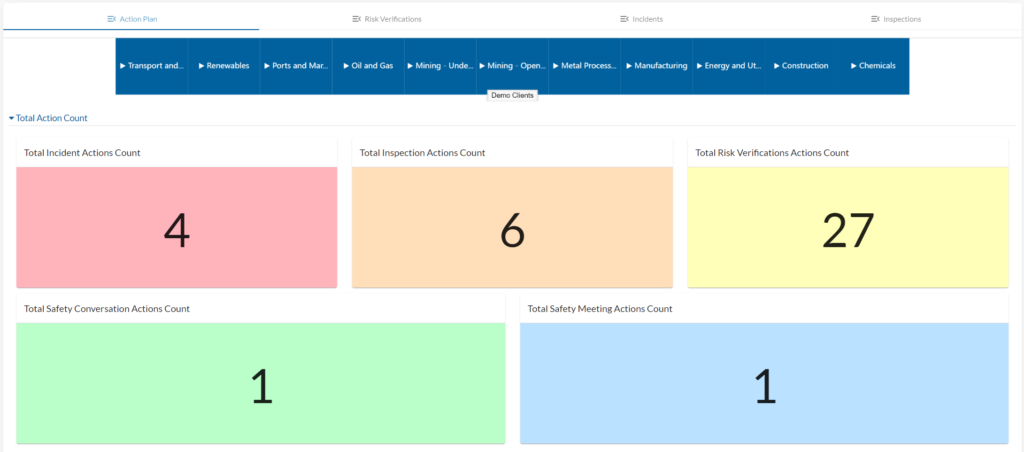Overcoming Industry and Safety Challenges in the Energy Sector
Whether its asset management and maintenance, adapting to new technologies, health and safety or customer satisfaction – the energy sector faces ongoing challenges as the industry evolves and adapts to changing conditions in the energy market.
In this article we’ll look at some of the key issues the sector is facing as well as hazardous conditions that could potentially lead to accidents or failures if they’re not managed properly.
Customer Satisfaction
Whether it’s meeting the demands of customers to supply a greener energy alternative, maintaining accurate data, usage and billing records, or ensuring ongoing energy supply – customer satisfaction is key to the success of any energy company.
In fact, every worker in the industry has a direct impact on the customer experience whether they’re actually engaging with a customer or not. The speedy fixing of a fault, the safe preparation of a worksite, the correct recording of data and the protection of customer information – as a service-focused industry, having the tools and programs that ensure customer satisfaction is vital for building a sustainable, profitable and reputable business.
Companies that miss the mark with customer satisfaction run the risk of reputational damage, alienating their customers and causing harm to people and their environment.
Asset Management
Maintaining legacy assets while adapting to changing technologies is a unique challenge the energy sector is facing. With new technologies like smart grids and meters, the need for workers with diverse skill sets is growing as field workers need to understand both.
This is putting pressure on companies to build a workforce with the skills and know-how to move with change, and adds an increased need for regular training and development to ensure workers are adept across both traditional and modern equipment.
Adding to the asset management challenge are the extreme weather events that come with climate change. Whether it’s extreme heat, fire, storms or freezes – around the globe we’ve seen power grids severely impacted by extreme weather, cutting off power for days if not weeks in some circumstances, costing both reputational and financial damage to utilities companies.
As these events are on the rise, this is a growing concern that calls for focused energy on employee training to best prepare workers for challenges. Ensuring companies have enterprise asset management and critical risk management strategies in place enables better protection of assets and provides clear and real-time visibility on asset performance.
Personnel Risk
Beyond more broad operational challenges is the reality of the health and safety risks workers face in the energy sector. Due to the high-risk nature of the work, employees are more vulnerable to workplace injury of fatality.
To prevent harm to their people, the public and environment, energy companies must embrace best-practice critical risk management.
Let’s look at some of the sector’s most significant hazards and ways employers can best protect their people from harm.
- Contact with electricity: Working near power sources puts workers at extremely high risk of contact with electricity. All work must be planned with appropriate safety zones, spotters, protective gear and emergency plans to ensure workers are safe from harm.
- Working outdoors: With a huge number of energy workers working outdoors, they’re vulnerable to inclement weather which can increase the risk of injury or illness. Whether it’s visibility hazards, slip hazards, fall hazards or extreme temperature hazards – workers need the right training, equipment and protection to ensure they can confidently complete their work safely.
- Working alone: Often workers in the energy sector work alone, sometimes in remote or regional locations. Having protocols in place for lone workers and emergency management is key for those workers to feel confident and safe while on the job.
- Working near moving vehicles and machinery: Working near large vehicles and machinery poses substantial risk to workers. In fact, being struck by a vehicle is one of the most common causes of workplace fatalities in Australia and the UK. Exclusion zones and barriers between workers and vehicles are vital to protect workers.
- Aggressive customers or animals: Unfortunately, workers in the energy sector can also be subject to aggressive customers or even dangerous animals. Knowledge and awareness of keeping safe in unpredictable situations is an important part of training and development.
- Working at heights is another hazard that energy companies need to control. Fall prevention equipment, adequate training, spotters and knowing environmental conditions can ensure workers are kept safe doing this high-risk work.
- Confined spaces are hazards with potential for loss of oxygen, uncomfortable temperatures and exposure to hazardous chemicals. Workers need training and support to confidently work in higher risk environments like confined spaces and ensure they feel safe and protected in challenging situations.
- Fatigue and stress can be incredibly detrimental to a workers’ safety. Both fatigue and stress can cause lapses in judgment and impact focus, which can make workers more vulnerable to mistakes or taking shortcuts that impact their safety.





As it’s clear, there are many hazards the energy sector’s frontline workers are exposed to.
Understanding how to manage and control the risks that most impact the sector is vital for creating safe and successful work environments every day.
Whether it’s a focus on controlling health and safety hazards, or planning for operational success in an ever-changing global environment for the industry, with the right policies, tools and programs in place, energy companies can thrive.
Embracing technology that supports real-time insights for workers, as well as proactive and predictive risk planning gives energy companies the best chance at a successful future, powered by healthy and safe people and exceptional planning.
If you want to take your organisation’s protection to the next level, Forwood’s industry-leading solution Safety+ is game-changing for high-risk industries like the energy sector
Our platform provides real-time insights, proactive risk management, and tailored solutions to ensure the safety of workers and the efficiency of operations. By integrating Safety+ into your risk management strategy, you can better protect your assets, improve safety practices, and achieve exceptional planning and operational success. To explore how Safety+ can elevate your organizational protection, visit Forwood Safety or get in touch with us today.





